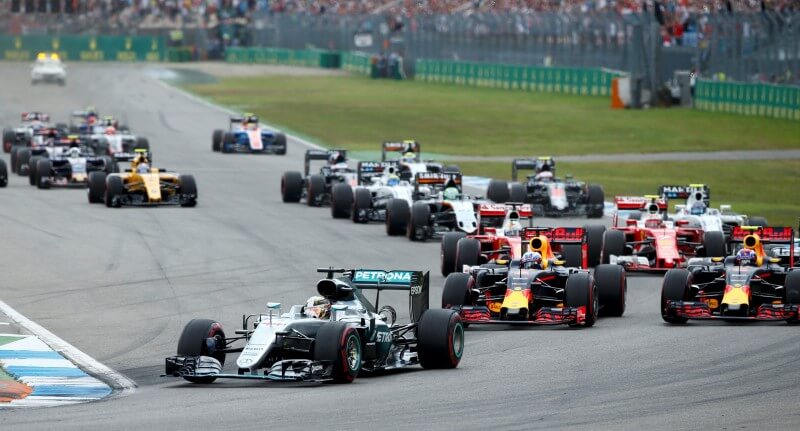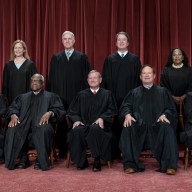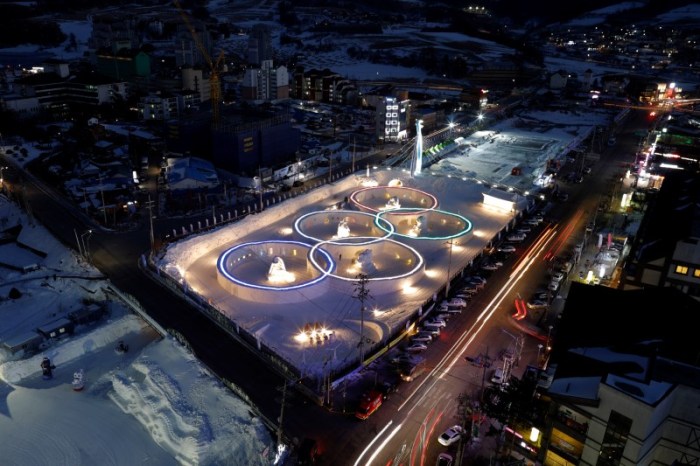By Abhishek Takle
HOCKENHEIM, Germany (Reuters) – Hockenheim will host the German Formula One Grand Prix again in 2018 but next year’s race remains uncertain.
The race, held every year since 1960, was dropped last season after the Nuerburgring — which had an alternating deal with Hockenheim — came under new ownership that balked at paying the hosting fee. Hockenheim was reluctant to bear the cost for a third year in a row after suffering substantial losses in 2014 when only 52,000 fans turned up on race day.
The circuit has a contract for 2018, and intends to see it out, but a question mark hangs over 2017.
“They will have a race in 2018, 100 percent,” said Katja Heim, who has worked with Hockenheim as a media and marketing consultant since the 1980s.
The race is a home one for champions Mercedes and for Ferrari’s Sebastian Vettel but there is no deal in place for next year.
Heim said Hockenheim would consider whether to do so, and could step in provided there was outside assistance or if there was a surge of interest, but that looked doubtful.
“I really doubt that they would do the 2017 race,” she said. “They can’t take a risk and I’m not sure whether there is any party or organisation which would guarantee or help them to avoid any risks. “It could be that there is no event next year and it could be that all of a sudden Formula One will be such a hot potato again that Hockenheim says, Okay we go for it.”
Germany held two races during seven times world champion Michael Schumacher’s heyday, with the Nuerburgring race run as the European Grand Prix.
But attendances have dwindled since Schumacher retired, a slide that not even Mercedes’s success or Vettel’s run of four consecutive world titles with Red Bull could reverse.
Circuits, meanwhile, must pay substantial hosting fees.
A total of 57,000 fans attended Sunday’s race, more than in 2014, but still below levels required for the circuit to break even. Heim estimated that to be around the 70-80,000 mark.
(Editing by Alan Baldwin and Alison Williams)
German GP future remains uncertain

By Abhishek Takle


















